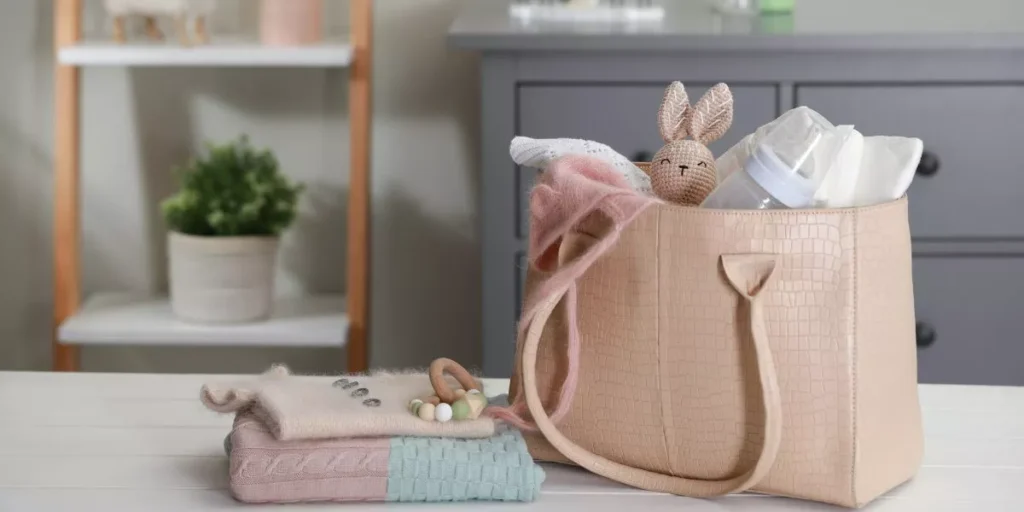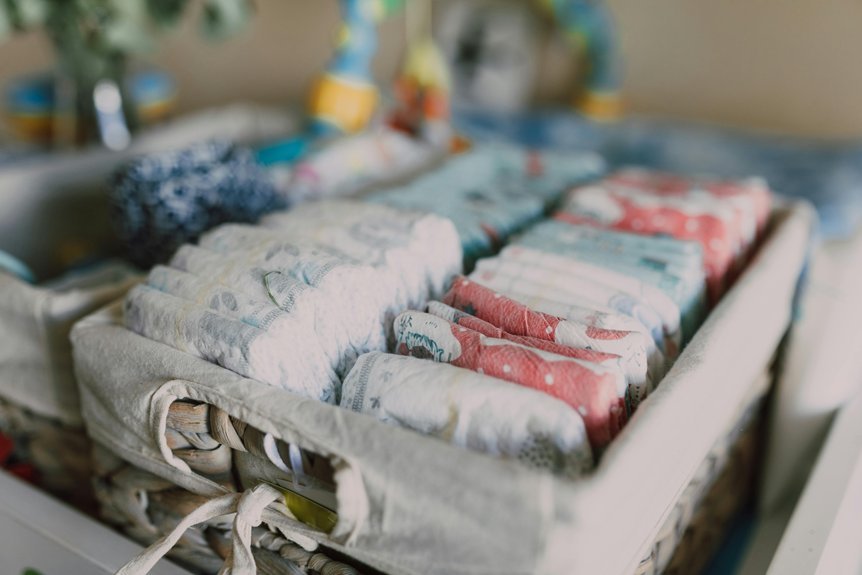What’s the Best Sleeping Position for a Newborn?

When it comes to your newborn’s sleep, the position you choose can have a significant impact on their safety and health. You might wonder what the best sleeping position is and why it matters. Understanding safe sleep practices is essential, as it can help reduce the risk of serious conditions like Sudden Infant Death Syndrome (SIDS). So, what should you know about the right sleeping positions for your baby? Let’s explore.
Understanding Safe Sleep Practices
When you bring your newborn home, understanding safe sleep practices is crucial for their well-being.
Start by placing your baby on their back for every sleep time, including naps. This position reduces the risk of Sudden Infant Death Syndrome (SIDS).
Ensure their sleep area is free from soft bedding, pillows, or toys that could pose a suffocation hazard. Use a firm mattress covered with a fitted sheet, and keep the crib or bassinet in your room for close monitoring.
Avoid overheating by dressing your baby in light layers and maintaining a comfortable room temperature.
It’s essential to establish a consistent sleep routine to help your baby feel secure and comfortable as they adjust to their new environment.
Recommended Sleeping Positions for Newborns
After establishing safe sleep practices, it’s important to focus on the recommended sleeping positions for your newborn.
The best position for your little one is on their back. This position helps reduce the risk of Sudden Infant Death Syndrome (SIDS) and promotes safe breathing. Make sure to lay your baby flat on a firm mattress, ensuring there’s no soft bedding or toys nearby.
You can also place your newborn on their side for supervised naps, but always return them to their back for sleep.
Remember, tummy time is essential when your baby is awake, as it helps build their muscles.
What to Avoid: Unsafe Sleeping Positions
While back sleeping is the safest position for your newborn, there are several unsafe sleeping practices you should steer clear of.
First, never place your baby on their stomach or side to sleep, as these positions increase the risk of Sudden Infant Death Syndrome (SIDS).
Avoid using soft bedding like pillows, blankets, or stuffed animals in the crib, as they can lead to suffocation.
It’s also important not to let your baby sleep in an adult bed, as this can cause accidental rollovers.
Swaddling should be done carefully; don’t wrap them too tightly, especially around the hips.
Lastly, keep your baby away from overheating by dressing them appropriately and ensuring the room isn’t too warm.
Tips for Creating a Safe Sleep Environment
Creating a safe sleep environment for your newborn is essential for their well-being.
Start by placing your baby on their back to sleep, ensuring they’re on a firm mattress without any soft bedding or toys. Keep the crib or bassinet clear of pillows, blankets, and stuffed animals to reduce suffocation risks. Use a fitted sheet for the mattress and avoid any bumpers.
Maintain a comfortable room temperature, ideally between 68-72°F, to prevent overheating. Consider using a sleep sack instead of loose blankets for warmth.
Lastly, always place the crib in a safe area away from cords, windows, and anything that could pose a danger.
Following these guidelines will help ensure your little one sleeps safely.
Conclusion
In conclusion, always place your newborn on their back to sleep, as it’s the safest position that helps reduce the risk of SIDS. Keep their sleep area free from soft bedding, pillows, and toys to ensure a secure environment. While supervised side sleeping is okay for short naps, remember to return them to their back afterward. By following these guidelines, you’ll promote healthy sleep habits and support your baby’s development during those crucial early months.





